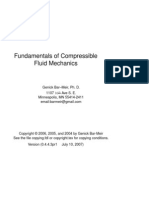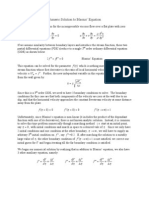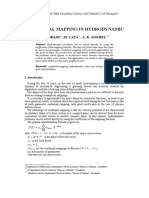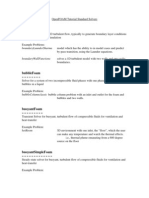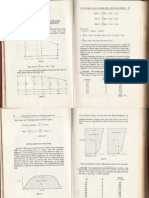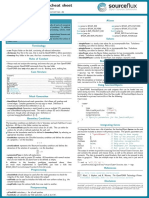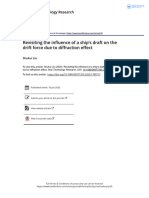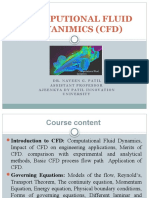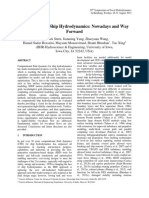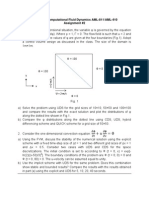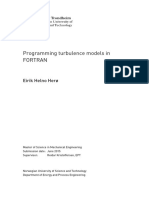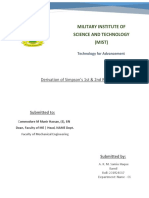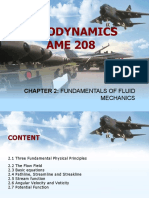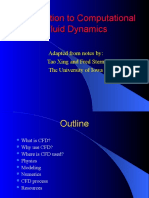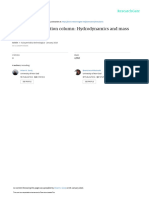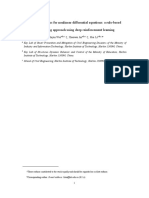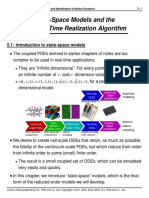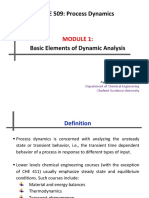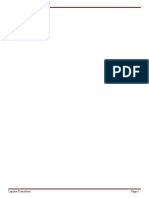0% found this document useful (0 votes)
62 views38 pagesIntroduction ComputationalFluidDynamics
This document provides an introduction and overview of computational fluid dynamics (CFD). It discusses what CFD is, why it is used, where it is applied, the underlying physics and modeling approaches. CFD is a computer-based simulation technique used to model fluid flow and predict fluid dynamics phenomena. It has become widely used in industries like aerospace, automotive, biomedical and more as an alternative or supplement to physical testing. The document outlines the governing equations, such as the Navier-Stokes equations, that are numerically solved to model fluid behavior using CFD.
Uploaded by
Christine KhoCopyright
© © All Rights Reserved
We take content rights seriously. If you suspect this is your content, claim it here.
Available Formats
Download as PDF, TXT or read online on Scribd
0% found this document useful (0 votes)
62 views38 pagesIntroduction ComputationalFluidDynamics
This document provides an introduction and overview of computational fluid dynamics (CFD). It discusses what CFD is, why it is used, where it is applied, the underlying physics and modeling approaches. CFD is a computer-based simulation technique used to model fluid flow and predict fluid dynamics phenomena. It has become widely used in industries like aerospace, automotive, biomedical and more as an alternative or supplement to physical testing. The document outlines the governing equations, such as the Navier-Stokes equations, that are numerically solved to model fluid behavior using CFD.
Uploaded by
Christine KhoCopyright
© © All Rights Reserved
We take content rights seriously. If you suspect this is your content, claim it here.
Available Formats
Download as PDF, TXT or read online on Scribd
/ 38












